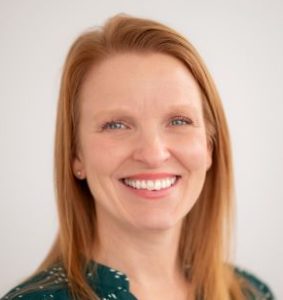
Providers will no doubt be overjoyed to learn today that members of Congress — a whopping 40 of them! — are stepping into the fray over proposed cuts to the nursing home sector’s new payment model.
The Centers for Medicare & Medicaid Services had been accepting public comment on a proposed rule that would dial back payment by some $1.7 million, or 4.6% of spending, starting in October. Providers have argued that the decrease in the Patient Driven Payment Model would hit many still-struggling facilities at the worst possible time, pushing some closer to the brink of collapse.
That comment period closed last month, with the bulk of the thousands who weighed in asking the agency to phase in any cuts. A few still urged CMS to reconsider its calculations and the extenuating circumstances (ahem, COVID) that caused patient needs to spike and drive up costs. Others underscored that now was not the time to squeeze the system, given other extenuating factors (ahem, the historic labor market causing operational costs to explode).
Most observers expect that CMS will drop its final decision in the form of a Fiscal 2023 payment rule later this month.
But, now, here comes Congress, or at least a few members, with concerns about access and quality of care in rural America, specifically.
“The proposed payment cut would exacerbate current challenges and potentially lead to the closure of rural facilities,” wrote a group of 22 senators to CMS Administrator Chiquita Brooks LaSure on June 22. “We stand ready to partner with CMS to ensure the most vulnerable in our country are not put at further risk as our nation continues to grapple with the consequences of the pandemic.”
Too bad the Senate has been unwilling to partner with its colleagues in the chamber next door to provide additional pandemic support to nursing homes, which repeatedly begged for help through their major associations. Operators have routinely noted that their costs remain elevated due to patient isolation needs and the use of precautions such as PPE, testing, overtime to compensate for sick staff and more. That was before inflation took hold.
So I saw more than a little hypocrisy when the PDPM letters from both Houses went public Tuesday.
Ultimately, it is Congress’ unwillingness to spend more on the healthcare of seniors and individuals with disabilities that forces CMS to claw back PDPM cash in the first place. Under its rules of operation, the agency was allowed to redesign its payment model, but Congress requires that the new model operate under the same cost structure.
So yes, Congress nods, realign payments to encourage quality care that truly meets patients’ needs. But then it adds between the lines, no CMS, don’t come asking for more money to pay for that quality.
Congress could, of course, create a legislative fix and designate more funding for nursing homes to spend under PDPM. To say that seems highly unlikely, however, is a blatant understatement.
Instead, these members of Congress are asking CMS to adopt a three-year phase-in of the finalized PDPM parity adjustment, “so payment reductions are avoided in FY 2023.” It’s a straight response to lobbying by the American Health Care Association and other groups that are begging CMS for more time.
And the fact that even this many signatories are speaking out publicly about a payment issue that rarely comes to the surface is a victory.
But I can’t help but think that if Congress were really ready to prioritize “the health and well-being of our nation’s most vulnerable,” as the House letter to Brooks LaSure insists, members would be offering up a much bigger win.
Kimberly Marselas is senior editor of McKnight’s Long-Term Care News.
The opinions expressed in McKnight’s Long-Term Care News columns are not necessarily those of McKnight’s.




